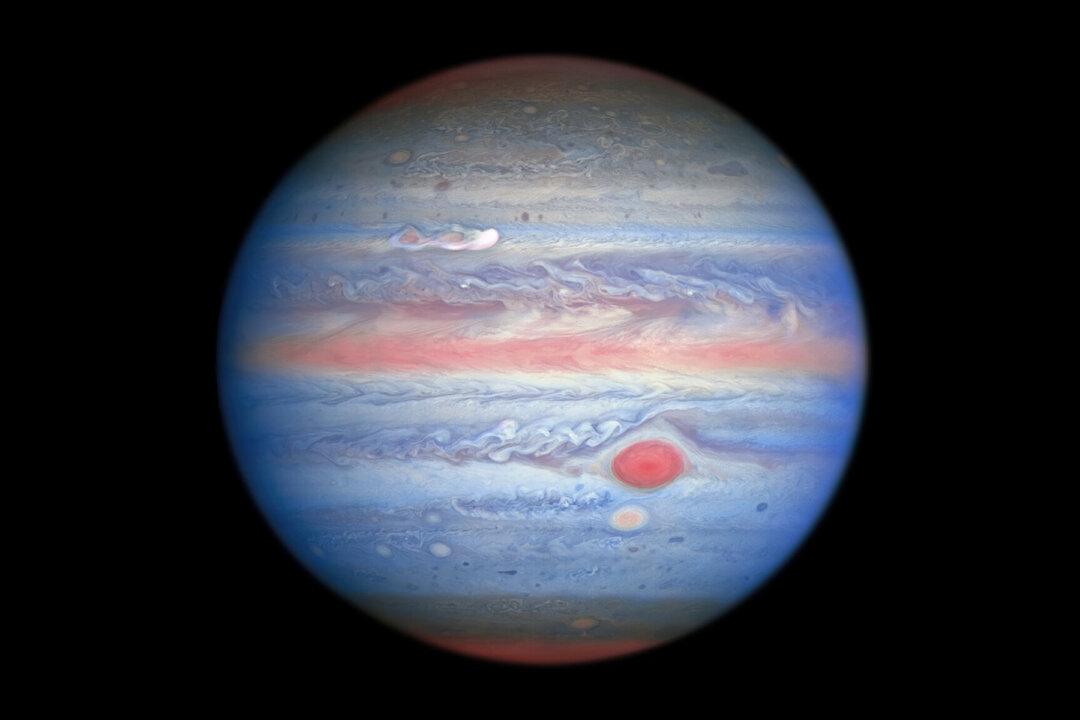A striking image of Jupiter captured by the NASA/ESA Hubble Space Telescope on Aug. 25 illuminates some fascinating meteorological changes in the giant planet’s atmosphere, and on the surface.
Not only is the planet’s famous Great Red Spot shrinking in size, but cloud movement in the northern hemisphere indicates that a major storm is brewing.





